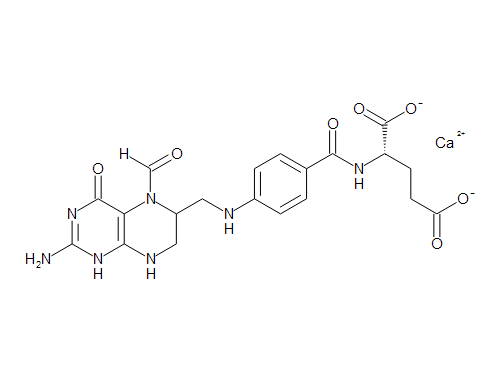The number of industrial chemicals with known links to neurodevelopmental disabilities like autism has more than doubled in the past seven years, according to new research published in The Lancet
Neurology.
As rates of autism and attention deficit-hyperactivity disorder (ADHD) increase worldwide, researchers believe widespread exposure to these chemicals among children may be contributing to a “silent epidemic” of people with neurodevelopmental disabilities.
Based on an analysis of previous studies, researchers added six new toxins to a list of chemicals believed to pose a threat to the brains of fetuses and young children: manganese, fluoride, chlorpyrifos, dichlorodiphenyl-trichloroethane (DDT), tetrachloroethylene, and the polybrominated diphenyl ethers.
While chemicals like manganese and fluoride, common in drinking water, are rarely found in high enough concentrations in the U.S. to pose a health threat, other chemicals on the list are much more pervasive.
“Chlorpyrifos is an organic pesticide … 10 years ago it was banned for household use, but it is still extensively used in agriculture and can be found in lots of fruits and vegetables,” study co-author Dr. Philip Landrigan, of the Icahn School of Medicine at Mount Sinai in New York City, told FoxNews.com.
And the list gets scarier: Tetrachloroethylene, which has been linked to deficient neurological function and increased risk of psychiatric diagnosis, is a common solvent used in dry cleaning.
Another chemical on the list, polybrominated diphenyl ethers, is a type of flame retardant frequently found in couches. And while the pesticide DDT is now banned in the U.S. due to human health risks, it’s still found in imported fruits and vegetables, as well as in soil and water throughout the country.
These six chemicals have been added to a list of five other neurointoxicants – lead, methylmercury, polychlorinated biphenyls, arsenic, and toluene – first identified by Landrigan and his co-author, Dr. Phillipe Grandjean of the Harvard School of Public Health, in 2006.
How chemicals harm the developing brain
Industrial chemicals pose a far greater threat to the neurological health of a developing fetuses, infants and young children than to adults, Landrigan noted.
During the early weeks of pregnancy, an embryo forms the cells that eventually go on to become the brain and spinal cord. Those cells divide, multiply and migrate, forming millions or even billions of connections with surrounding cells – and build up the pathways that form the body’s central nervous system.
“If some chemical gets in to the developing brain, whether lead or methylmercury, and either kills brain cells or disrupts cell division or cell migration, those connections are lost and the brain is not as complete as it should have been,” Landrigan said. “And the consequence is a child whose intelligence is reduced and attention span shortened, etc. The human brain is a wondrous creation, and extremely complex, but the price of that complexity is vulnerability.”
Though the researchers acknowledge that increasing rates of conditions like ADHD and autism are partially due to increased awareness about these conditions, they argue that other factors are also at play.
“We note the increase of later diagnoses of these disorders tracks very nicely with increased production and release into environment of synthetic chemicals over last 40 or 50 years,” Landrigan said. “And then on top of that, there’s the direct evidence we present in [the] paper showing these particular chemicals have been linked to these problems in children.”
Read the whole story at FoxNews.com






